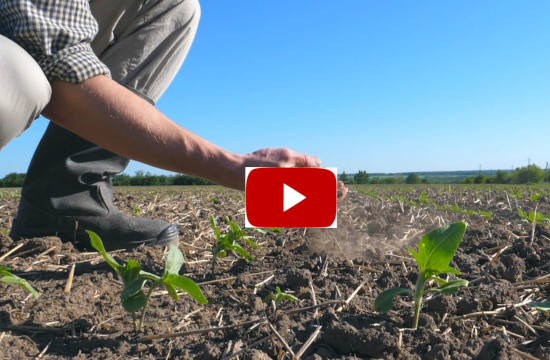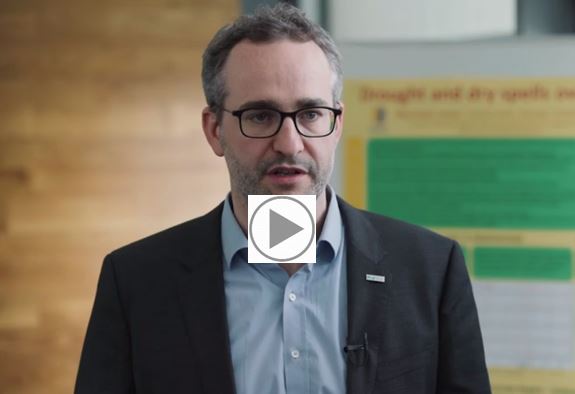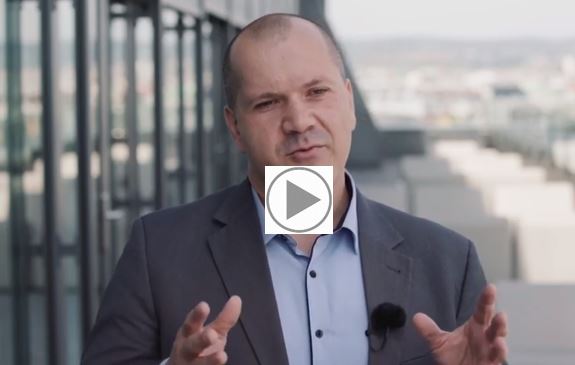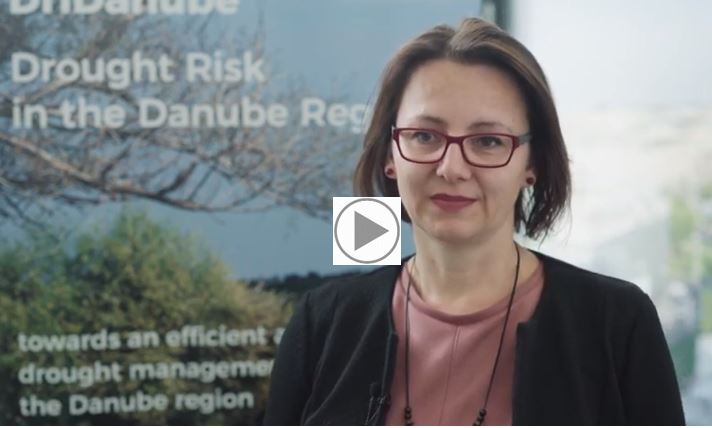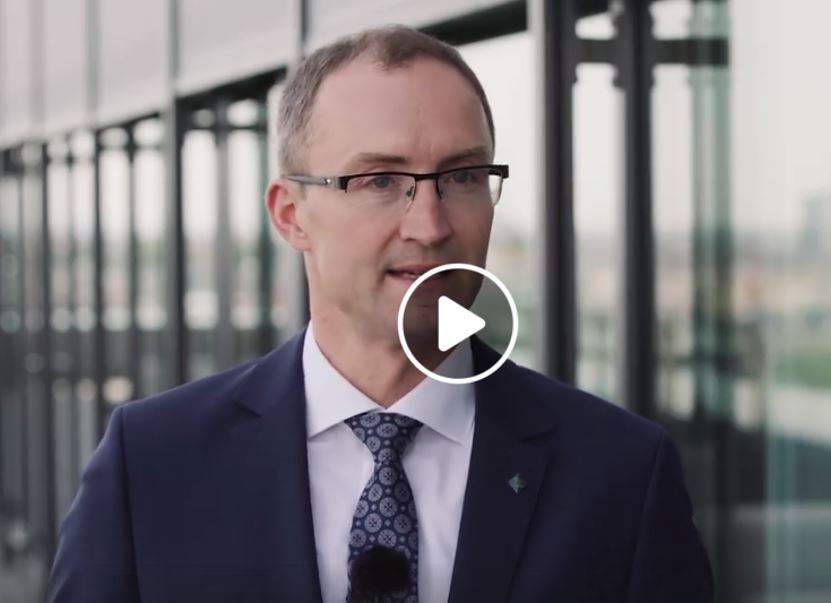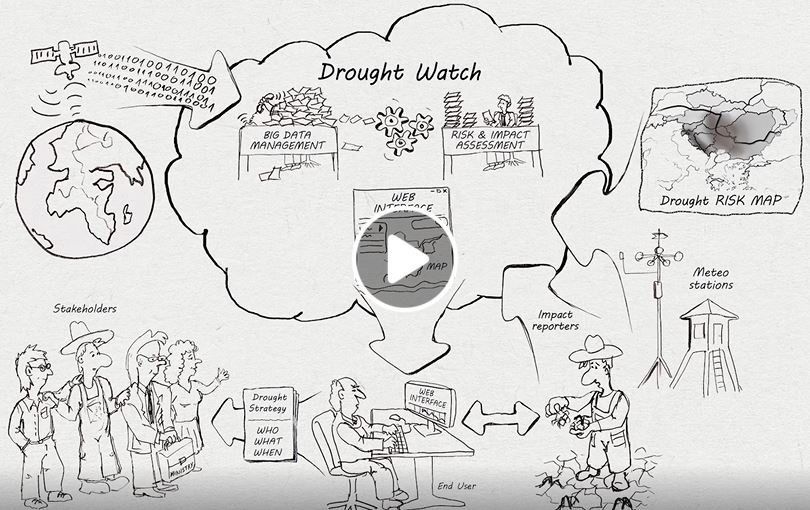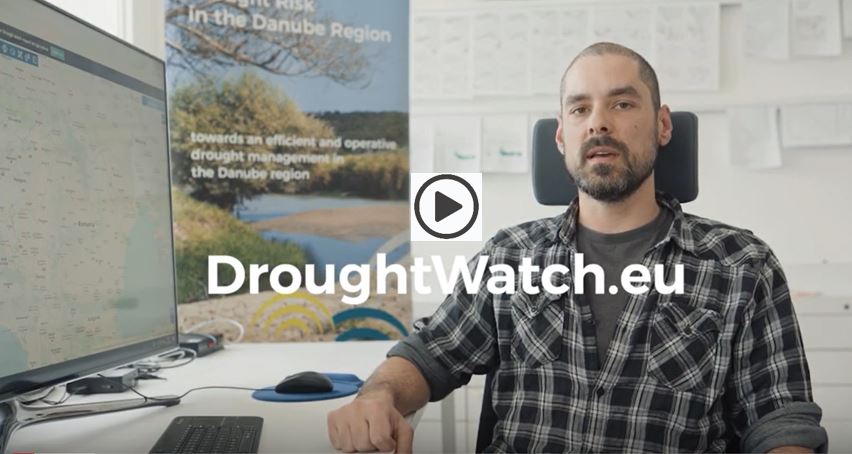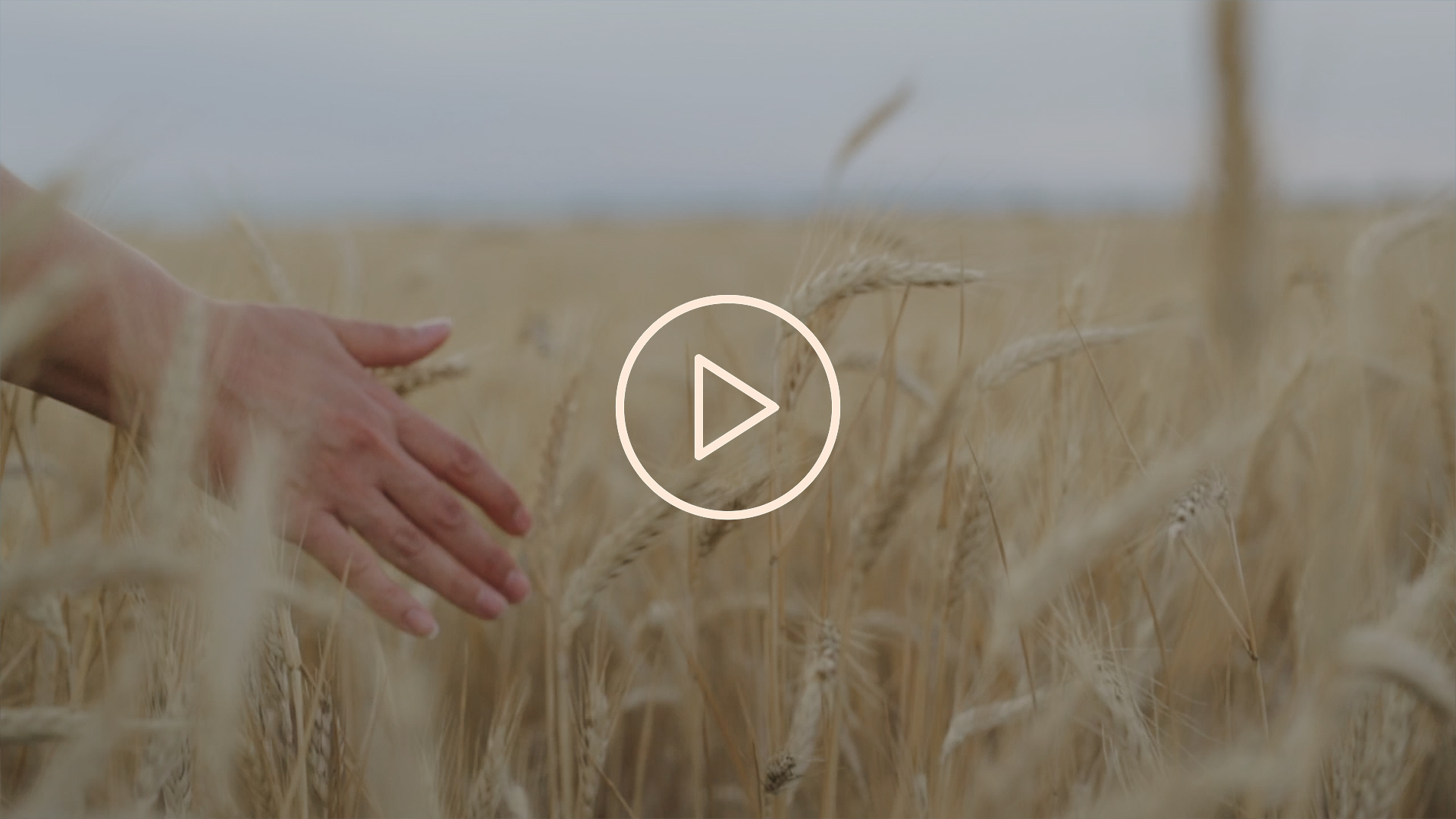DriDanube Drought Risk in the Danube Region
Project videos
DriDanube project video section
DriDanube project's final video
One of the main achievements of the DriDanube project is the increased awareness about drought as a larger phenomenon that goes beyond the national level and about the possibility to detect it already in its early stages before it grows to an extreme situation. In only 2,5 years DriDanube partners have achieved significant results: A new monitoring system - Drought Watch, covering the whole Danube region was developed, a new network of over 800 active drought impact reporters was established, a Drought Strategy and optimal drought management model was created.
We invite you to watch the video to find out more about these outcome and other achievements.
Drought Conference (7-8 May 2019, Vienna) was organized in the frame of DriDanube project in cooperation with the Drought Management Center for Southeastern Europe and the Integrated Drought Management Programme in Central and Eastern Europe, which have been supporting increase of the region’s resilience towards drought since 2013.
Check what the conference guests value the most about DriDanube’s contribution to improving drought management in the region. Find more information about the conference here.
Why an optimal drought management model is needed?
Drought is a very complex phenomenon that develops through certain stages. First half of the success is to detect it coming as early as possible, the second half is to define the responsibilities for action in each stage of drought so that everybody involved in the process knows what to do, how, when and with whom. Check why we need to organize the already-existing legislation and institutions in an optimal way of cooperating and reacting in different stages of drought risk management (from monitoring, forecasting and evaluation to response) through an Optimal Drought Management Model.
Starting with drought management in early stage is the shift that DriDanube project wants to bring. It means that we will not be only reacting to the damages caused by drought but start acting ahead of the crisis and get prepared in advance.
Drought Watch – an innovative monitoring tool
To be able to react appropriately during drought, we need to understand if there is drought or not, detect when it starts and how it develops through its stages. This can be determined with a new transboundary drought monitoring and early warning tool Drought Watch that was developed within the DriDanube project. See what data this tool involves, what it offers and who can use it. Start using the tool at www.droughtwatch.eu.
DriDanube's tool Drought Watch was originally designed for the use of national authorities, drought experts and end users such as farmers or water managers. However it is already in use by a much wider group of stakeholders. Watch to find out how much the insurance sector also finds it helpful for their business.
Drought Watch - what is it?
When it comes to drought we need to understand its particular stage of development. This can be determined with a new transboundary drought monitoring and early warning tool Drought Watch that was developed within the DriDanube project. It combines data from the satellites, meteorological stations and drought impact reports into ready-to-use drought information available to public through web-browser interface. With this service, the operational day-to-day work of national authorities, and end users such as farmers or water managers, will be improved in all phases of drought-related disaster management (from monitoring, forecasting and evaluation to response). The tool can be accessed for free here: http://www.droughtwatch.eu/
How to use Drought Watch - Video Tutorial
Since Drought Watch offers diverse functionalities and displays various drought related datasets, a Video Tutorial was prepared to help the users to efficiently work with the tool and to know how to use its components to analyze a drought event.
Let’s talk about drought - DriDanube promotional video
This video is about the DriDanube project and the tools it is developing in order to improve preparedness of the Danube region for the drought and its capacity to manage drought related risks. Despite the damages caused by drought in the last decades and the growing frequency and intensity of the phenomenon occurrence in the region, people continue to react the same way and are not aware of its impacts on various sectors. So let’s talk about drought NOW and make the needed shift from recovery to protection, i.e. from crisis management to risk management.
DriDanube video-interviews
DriDanube project - what is it about?
Even though drought events are becoming more frequent and intense in the Danube region, they still seem to catch us unprepared. Why do we have a project on drought and what do we want to change?
DriDanube project – benefits for the Danube region
The Danube region is being hit by the droughts still more often. What is it that the DriDanube project aims to bring for the Danube region to improve its capacity for drought emergency response and to enhance its preparedness for drought management?
DriDanube project – communicating with stakeholders
DriDanube project considers interaction with their stakeholders crucial for the success of the project. Our stakeholders are our partners and communicating drought means two-way information sharing for the benefit of both sides. This is also the way how DriDanube tools are developed and will serve our stakeholders’ needs in the future. How do we communicate with them?
DriDanube project - cooperation across sectors
What happens when the drought is hitting the Danube region and the responsible institutions are not communicating among each other? Yes, nothing good happens – no early warning, no emergency response, no quick recovery and no preparedness for the next drought event. It is just drought hitting the region more and more severely. Why does the DriDanube project try to trigger the cooperation among the different stakeholders inside the countries and within the Danube region?
DriDanube project – interaction among the institutions during the drought
When it comes to drought there’s a need for constant communication between the hydro-meteorological institutes to monitor the situation and state institutions to take decisions and actions. See how the institutions in DriDanube partner countries interact among each other.
DriDanube project - integrated drought management
Many people still consider drought a rare phenomenon in the Danube region even though the droughts are becoming more frequent and intense (e.g. droughts in 2017, 2015, 2012, 2007, 2003, etc.) and hence the drought management stays reactive, dealing only with losses after the event. Can the drought be managed, can it be approached proactively? What does the integrative drought management mean and how to implement it on policy level?
DriDanube project – public awareness of drought
Do you think the public knowledge about the drought can be high if the drought is not considered a high priority in the Danube region? Typically, the media inform about the drought only during the peak periods when the drought is visible and already bringing the first problems. See how the DriDanube partners perceive the level of public awareness about the drought.
